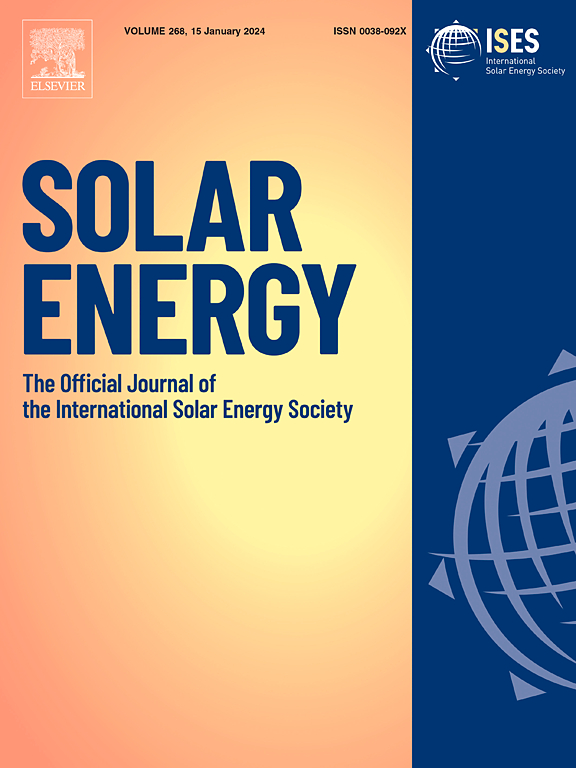Understanding proton radiation-induced degradation mechanisms in Cu2ZnSn(S,Se)4 kesterite thin-film solar cells
IF 6
2区 工程技术
Q2 ENERGY & FUELS
引用次数: 0
Abstract
Inorganic kesterite Cu2ZnSn(S,Se)4 thin film solar cells are well suited for optoelectronic applications. However, severe deficits in open-circuit voltage (VOC) and fill factor (FF), attributed to defect states at the interface and/or within the bulk material, pose significant obstacles to further efficiency improvements. Herein, we applied proton irradiation at varying energy to CZTSSe thin-film solar cells to deliberately alter the device structure and investigate the mechanisms behind performance degradation. Our results indicate that the open-circuit voltage is highly sensitive to both the quality of the CdS/CZTSSe interface and the distribution of sodium (Na) within the device. Changes in the interface characteristics can significantly degrade the VOC and FF. Excessive diffusion of Na from the substrate can reduce device performance, emphasizing the necessity for an optimized Na distribution to achieve high efficiency. Notably, the CZTSSe absorption layer exhibits excellent resistance to proton irradiation. These findings are crucial for the continued development and potential commercialization of CZTSSe thin-film solar cells.
Cu2ZnSn(S,Se)4 kesterite薄膜太阳能电池质子辐射诱导降解机制的研究
无机kesterite Cu2ZnSn(S,Se)4薄膜太阳能电池非常适合光电应用。然而,开路电压(VOC)和填充因子(FF)的严重缺陷,归因于界面和/或块状材料内部的缺陷状态,对进一步提高效率构成了重大障碍。在此,我们对CZTSSe薄膜太阳能电池施加不同能量的质子辐照,故意改变器件结构,并研究性能下降背后的机制。我们的研究结果表明,开路电压对CdS/CZTSSe界面质量和器件内钠(Na)的分布高度敏感。界面特性的改变可以显著降低VOC和FF。Na从衬底过度扩散会降低器件性能,强调优化Na分布以实现高效率的必要性。值得注意的是,CZTSSe吸收层具有优异的抗质子辐照性能。这些发现对于CZTSSe薄膜太阳能电池的持续发展和潜在的商业化至关重要。
本文章由计算机程序翻译,如有差异,请以英文原文为准。
求助全文
约1分钟内获得全文
求助全文
来源期刊

Solar Energy
工程技术-能源与燃料
CiteScore
13.90
自引率
9.00%
发文量
0
审稿时长
47 days
期刊介绍:
Solar Energy welcomes manuscripts presenting information not previously published in journals on any aspect of solar energy research, development, application, measurement or policy. The term "solar energy" in this context includes the indirect uses such as wind energy and biomass
 求助内容:
求助内容: 应助结果提醒方式:
应助结果提醒方式:


